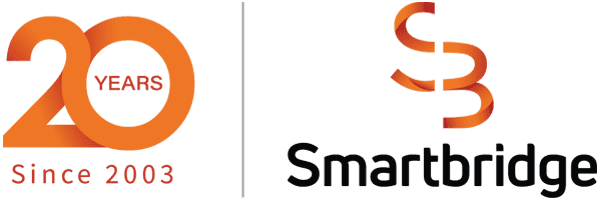Microsoft Azure Synapse Analytics vs Snowflake Cloud Data Warehouse
Discover the key differences between Microsoft Azure Synapse and Snowflake to determine which cloud data warehouse solution best fits your organization’s unique needs.
In need of a new data warehouse or analytics platform? Microsoft Azure Synapse and Snowflake are two dominant players in the cloud data space, each offering unique strengths that cater to different business needs. While both platforms provide powerful tools for data management and analytics, they excel in different areas depending on an organization’s infrastructure, goals, and technical requirements. So, which one should you go with?

Lately, a common theme has been to compare Microsoft Azure Synapse and Snowflake when looking to optimize your tech stack. The two platforms have been identified as market leaders and we tend to agree at Smartbridge. The choices for database-as-a-service have distilled down to these giants almost overnight.
We’ve provided a few strengths that stand out for each platform.
Azure Synapse Analytics: A Unified Data Experience
Azure Synapse stands out by integrating data warehousing and big data analytics into a single platform. It enables businesses to ingest, prepare, manage, and serve data seamlessly from both structured and unstructured sources, all within the Azure ecosystem. Some of its key advantages include:
Detailed Comparison
| Feature | Azure Synapse Analytics | Snowflake Cloud Data Warehouse |
|---|---|---|
| Cloud Integration | Azure-focused, integrated with Microsoft tools | Multi-cloud (AWS, Azure, Google Cloud) |
| Data Architecture | Unified platform (data lakes, DW, big data) | Separation of storage and compute |
| Security & Compliance | Integrated with Azure Active Directory | Secure and multi-cloud, SOC 2 Type 2 |
| Pricing Model | Pay-as-you-go and reserved pricing options | Fully consumption-based pricing |
| Machine Learning Integration | Deep integration with Azure ML & Databricks | Supports various ML frameworks |
| Data Sharing | Integrated with Power BI and other Microsoft tools | Snowflake Data Marketplace |
Which One Should You Choose?
Both Azure Synapse and Snowflake are excellent platforms, but the right choice depends on your organization’s priorities:
Choose Azure Synapse if you are heavily invested in the Microsoft ecosystem and need a unified platform for handling a wide range of analytics workloads—from big data to data warehousing—alongside built-in integrations with tools like Power BI and Azure ML.
Choose Snowflake if multi-cloud flexibility, simplicity, and a consumption-based pricing model are your primary concerns. Its robust data-sharing capabilities and ability to quickly scale for variable workloads make it a compelling choice for companies looking for agility and cost efficiency.
As with every platform evaluation, organizations are faced with their own unique set of challenges and needs which makes choosing one not quite as simple as you’d think. While this list may be a great place to start, we recommend reaching out to us to help decide based on your specific needs and use case.
Keep Reading: The Modern Data Warehouse
Looking for more on data and analytics?
Explore more insights and expertise at Smartbridge.com/data
There’s more to explore at Smartbridge.com!
Sign up to be notified when we publish articles, news, videos and more!
Other ways to
follow us:




